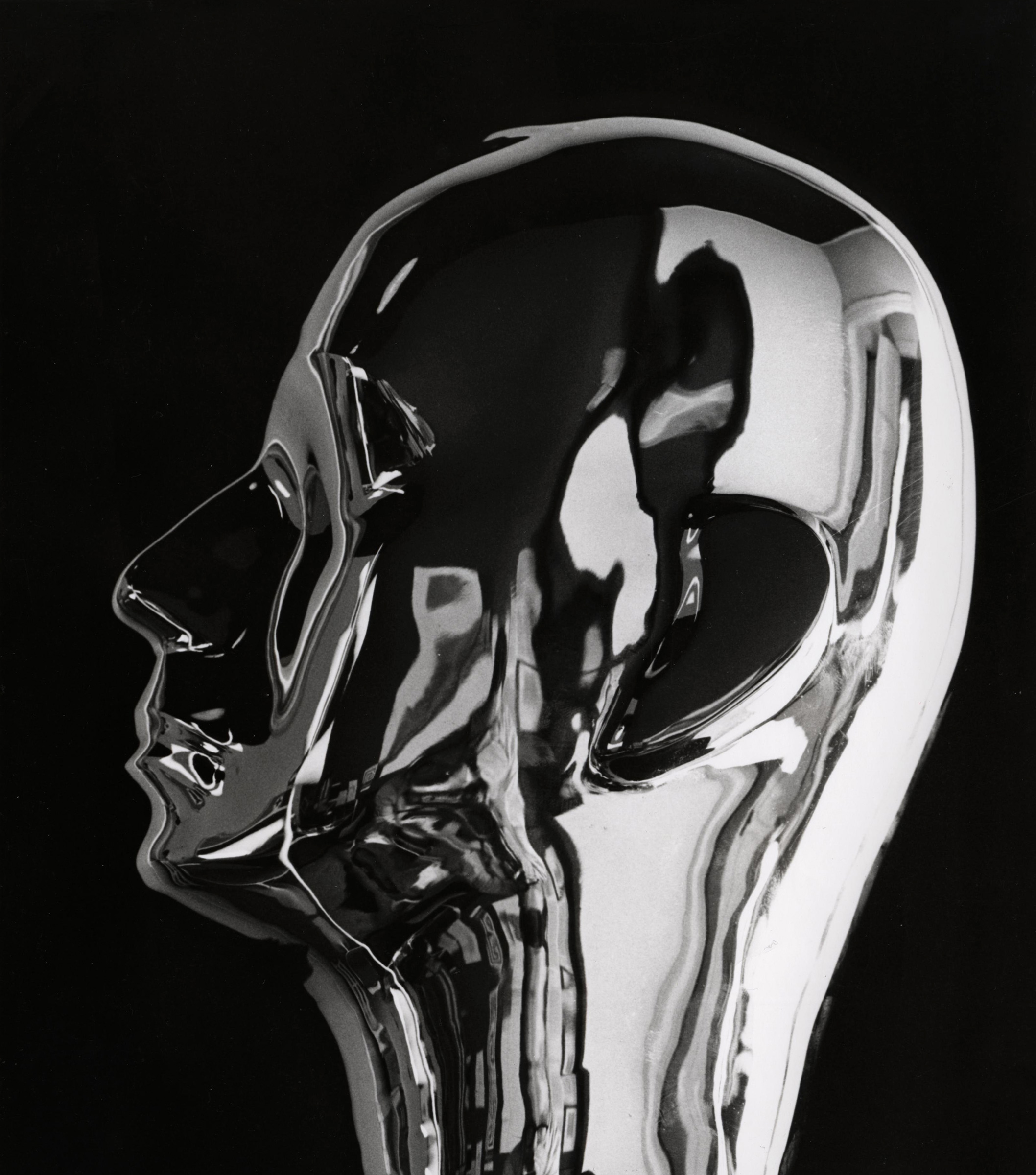Isamu Noguchi is the second venue of the first touring retrospective of Isamu Noguchi’s work in Europe in twenty years. It is jointly organized and curated by Barbican Centre (London), Museum Ludwig (Köln), and Zentrum Paul Klee (Bern), in partnership with LaM – Lille Métropole Musée d’art moderne, d’art contemporain et d’art brut. The Museum Ludwig presentation is curated by Rita Kersting.
Noguchi’s work was shaped by an expanded conception of sculpture and the question of human beings’ relationship to the earth, as well as his fascination with materials and technology. His thinking was transgressive, transnational, and radically interdisciplinary in every regard. From the 1920s to the 1980s he created monuments with a political message, light objects, stage sets, playgrounds, and gardens, always in pursuit of the connection between art and everyday life.





























